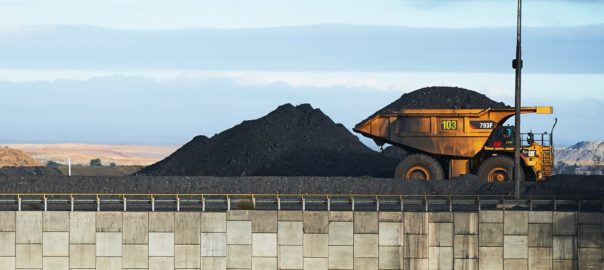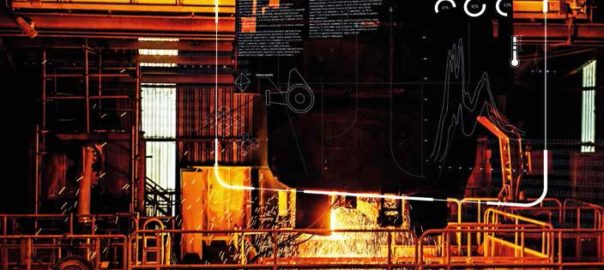The maintenance team at BHP Mitsubishi Alliance’s (BMA) Daunia metallurgical coal mine has introduced a new service approach for the haul trucks running at the Queensland mine, in the process, cutting the average truck downtime for a regular service from two hours to just 40 minutes.
The haul trucks at BMA Daunia shift around 226 t of coal or overburden every load, with the fleet of 16 running 24 h/d. This means each truck needs to be serviced every 250 hours, or about every two weeks, according to BMA.
“The time it takes our maintenance team to service trucks is critical to our mine efficiency and productivity because it directly impacts how long they are out of action,” BMA said. “And it is vital they are serviced safely, effectively and consistently.
“That’s why we are excited about some recent improvements in the service time for the truck fleet.”
BMA did three things to transform its work:
- Introduced a dedicated service bay;
- Allowed maintainers time to set up tooling and service kits before the truck enters the workshop, and;
- Introduced technology to design, monitor and improve the way it works.
The results have exceeded the team’s expectations, BMA said.
“We reduced the average truck downtime for a regular truck service from two hours to just 40 minutes. That’s a saving of one hour and 20 minutes for each truck a fortnight, or a potential 10 hours of extra work each week for the fleet.”
Not only that, the service process is safer for BMA’s maintainers and more consistently delivered.
BMA says it is about to roll out a similar approach for its larger 363 t payload trucks and will shortly progress to bulldozer servicing, it said.
This work is all part of the BHP Operating System (BOS), according to BMA, a process that also includes standardised work.
“This empowers frontline teams to solve problems and design solutions to streamline their processes,” BMA said. “It also encourages greater collaboration to reduce waste, overloading and variation, and produces more effective and consistent results.”
The company continued: “We started applying standardised work to truck maintenance at Daunia a year ago. We used technology to track our work and then analysed the process to find ways it could be improved. We then helped build a custom app that runs off an iPad or iPhone that walks a maintainer through every aspect of this scheduled maintenance in the most efficient, safe and effective way.
“The app means we complete the service the same way every time and it is interactive, so we can continue making suggestions through it to improve what we do.”
Using a standardised work approach to this important scheduled maintenance process has made BMA’s work quicker, safer, easier, and more efficient, consistent and collaborative, according to the company.
“Best of all, the truck service improvements and the associated technology are transferrable. It is being trialled at two other BHP mine sites and, with a few tweaks to suit each site, looks set to be implemented across all BHP-operated mine sites.”








